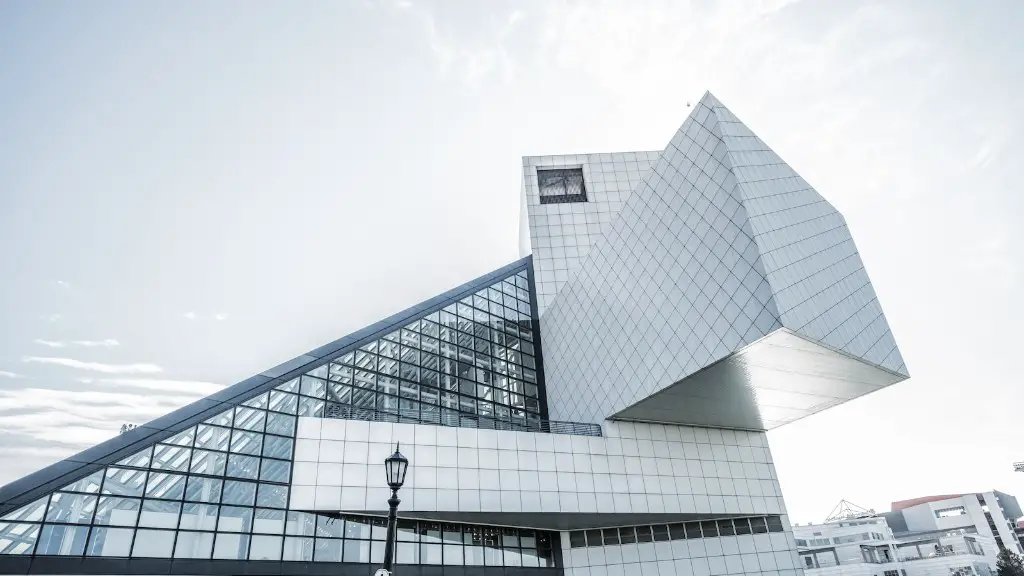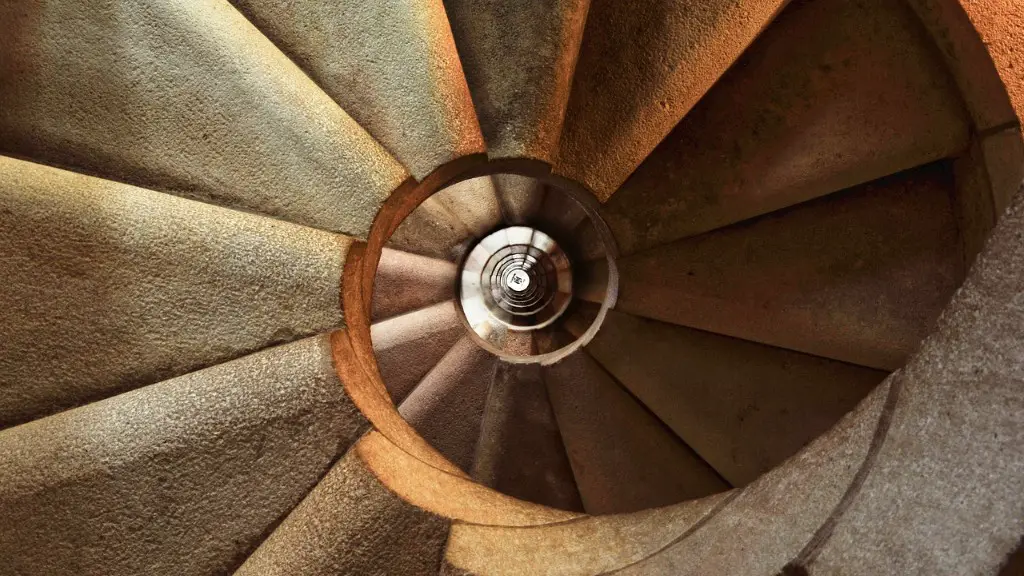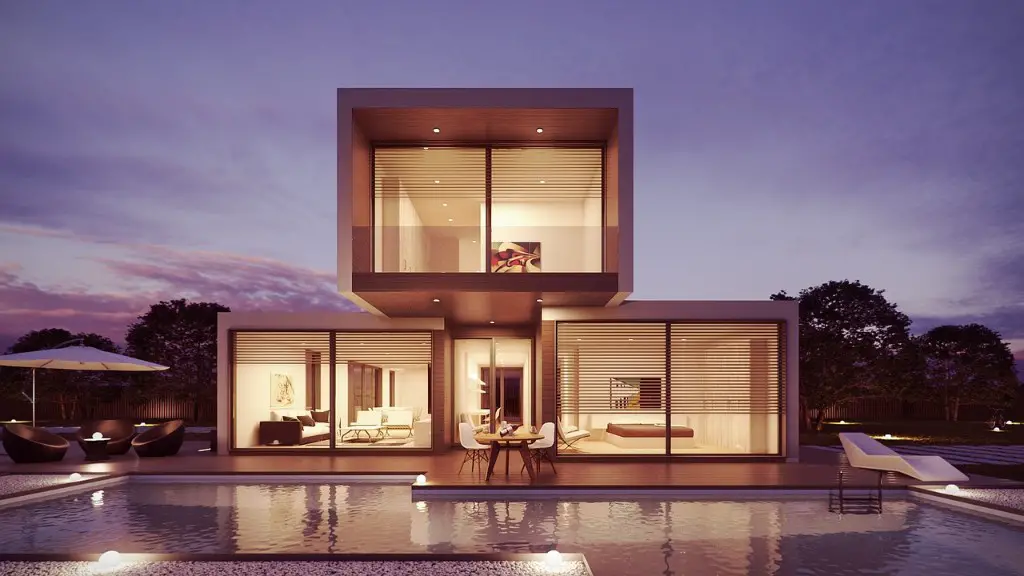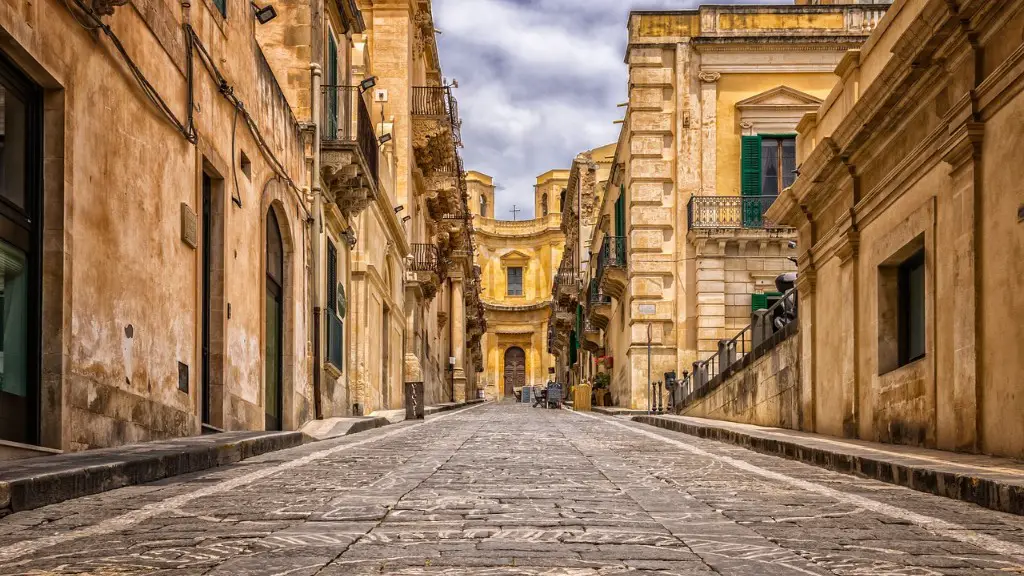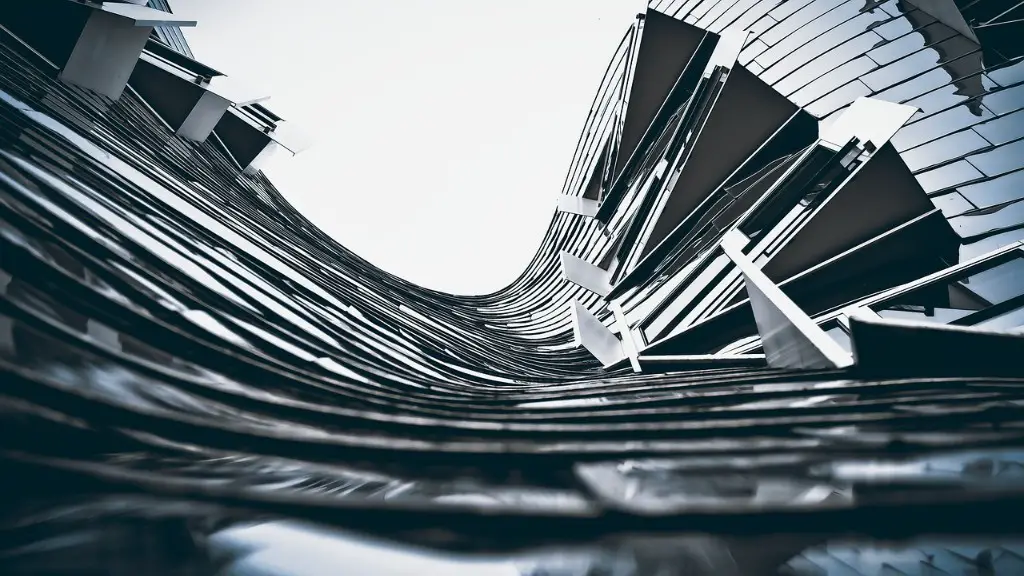Renaissance Advancement in Art and Architecture
The Renaissance period has undoubtedly been described as the most influential era in the history of art and architecture. During this period, a significant amount of advancement was made in this field that would shape the world of art and architecture for generations to come. This article explores the development of art and architecture during the Renaissance and some of the major contributions that this period brought to the world.
The primary motive of the art created during the Renaissance was to represent the beauty and grandeur of the Italian Renaissance cities. This was particularly evident in the works of the renowned Italian artists and architects, including Michelangelo, Leonardo da Vinci, Donatello, and Bramante. These artists sought to bring out the classical concepts of harmony and beauty by creating highly realistic works of art and architecture that incorporated traditional styles combined with new techniques.
The Renaissance was responsible for a number of significant developments in the field. One of the most momentous changes was the gradual shift from the Gothic style of architecture to the Renaissance one. This resulted in more spacious and elegantly designed structures, with facades that featured larger windows, richly decorated elevations, and more complex interior structures. During the same period, Renaissance art also began to be appreciated for its beauty and technical skill. Artists such as Michelangelo and Raphael used very precise and detailed techniques to create majestic visual effects in their works.
The Renaissance also saw the emergence of some of the most influential painters in world art. Artists such as Da Vinci, Raphael, and Botticelli used a variety of mediums including oils, tempera, fresco, and pastel. This led to the creation of vibrant and detailed works of art.
The contributions of the period were also important in the field of sculpture and architecture. During this period, Italian sculptors and architects developed and perfected the classical Greco-Roman style which included an emphasis on symmetry, harmony and proportion in their works. Michelangelo’s classic sculpture of the Pieta is a classic example of the commitment and dedication to the perfection of form and beauty during the Renaissance.
The Renaissance period extended much of its influence throughout Europe, where it was embraced for its humanistic philosophy and for its spirit of innovation and creativity. As a result, it had a lasting impact on the way art was created and appreciated for centuries to come.
Renaissance Masterpieces
The Renaissance period provided the perfect platform for some of the most iconic works of art and architecture in the world, many of which have become timeless classics. Michelangelo’s Sistine Chapel ceiling and paintings, the Statue of David and the intertwined figures of his famous Last Judgment composition, are all works of art that have transcended time and resonated deeply with audiences over time.
Raphael’s works and the frescoes in the Vatican are also iconic paintings that remain popular today. The fresco in the Apostolic Palace of the Vatican, known as the School of Athens, is regarded as one of the greatest and most influential in Western Art.
Leonardo da Vinci’s Mona Lisa is arguably the most famous painting in the world, and his Vitruvian Man is a timeless classic. Da Vinci was also an architect who worked on a number of significant projects, such as the design for a bridge over the Arno River in Florence and an ingenious system of irrigation channels.
The Florentine artist, Donatello, is renowned for his skill in sculptural work, specifically in creating effigies and portrait busts. His most famous works include the bronze sculpture of David and the bronze equestrian statue of Gattamelata.
The Renaissance architectural style, known as the High Renaissance, was championed by the Italian architect, Bramante. His work includes two notable masterpieces, the Sant’Andrea al Quirinale and the Basilica of San Pietro in Rome.
Renaissance Influence On Modern Art
The Renaissance is considered to be the foundation of modern day art and architecture. Its influence can be seen in a variety of styles, from Baroque to Neoclassicism. Its concepts of balance and harmony, along with its realistic approach to art, remain relevant in contemporary art and architecture.
Twentieth century movements such as Art Nouveau and Postmodernism, are based upon the principles of the Renaissance, while its influence can be seen in the works of countless modern day painters, sculptors and architects.
Renaissance art and architecture has also been integral to the development of popular culture. From video games to film and TV, the influence of the Renaissance is evident in everything from the visual designs to the musical soundtracks that have helped to form the popular culture for decades.
In today’s world of art and architecture, the Renaissance spirit of innovation and creativity continues to be celebrated. It is evident in the many awe-inspiring works of art, from the architecture to the murals and frescoes, to the sculptures and paintings. All are examples of the vitality and beauty of this period.
Scientific Advances During Renaissance
The Renaissance period was also significant in terms of scientific advances. During this period, the foundations of modern science such as mathematics, physics, medicine, and astronomy began to be explored. One of the most important figures to emerge from this period was Galileo, who revolutionized the scientific study of astronomy by using the telescope to make groundbreaking discoveries.
Other pioneers of the period included Copernicus, who proposed the heliocentric view of the universe, and da Vinci, who advanced numerous scientific disciplines such as mathematics, physics, anatomy and engineering. Such achievements laid the foundations for the Scientific Revolution, which revolutionized the world’s understanding of the natural universe.
The advances in science during the Renaissance were also a major influence on art and architecture. It opened up new possibilities for art, such as the use of perspective, which had been previously impossible to achieve. This allowed artists to create highly detailed and realistic works of art, as well as improving the mastery of anatomy and proportion.
The advances in science during the Renaissance also had a significant impact on the way architecture was created, with buildings constructed according to the principles of mathematics, geometry and proportions. The use of perspective in buildings, as well as the introduction of the classical orders such as the Doric and Corinthian, was also pioneered during this period.
Renaissance Impact on Society
The Renaissance had a profound effect on all aspects of society, from the economy to the culture, politics, and education. This period saw the emergence of a new way of thinking, as well as the rise of powerful city-states such as Florence, Milan, Venice, and Rome. This led to the spread of Renaissance ideas across Europe and beyond, sparking a new era of progress and enlightenment.
This period saw the flourishing of the arts, with artists and architects such as Michelangelo, Da Vinci, and Raphael expressing their creativity and inspiration through their works. This revived interest in the arts and encouraged the patronage of the wealthy and powerful, who commissioned works of art and architecture.
The scientific advances of the period also had a significant impact on society. The use of the printing press to disseminate knowledge led to the spread of new ideas and information, while the development of new weapons and technologies changed the nature of warfare and the political landscape of Europe.
The Renaissance period, therefore, not only had a profound impact on art and architecture, but also on the development of societies and civilizations around the world. Its lasting legacy continues to be felt in the modern world, from the works of art to the advances in science, technology, and society.
Social Repercussions Of Renaissance Art/Architecture
The works of art and architecture during the Renaissance had a considerable effect on the social climate of Europe. The highly realistic works of art and the attention to detail and craftsmanship helped to bring the human figure and the world of nature to life, creating a strong bond between art and the spectator. This encouraged new ways of thinking, particularly concerning the revival and appreciation of classical antiquity.
The dramatic increase in patronage and commercial opportunities for artists also helped to shape the nature and scope of European society. This was particularly evident in the rise of the urban centres, which became the centres of culture, learning, and trade. The grandeur of the Renaissance art and architecture also had an effect on the social standing of individuals, particularly those who patronised the arts.
The Renaissance was a formative period in the development of European society, and its influence can still be seen in the world today. From the iconic works of art and architecture, to the advances in science, technology and education, the legacies of the Renaissance remain evident in the modern world.
